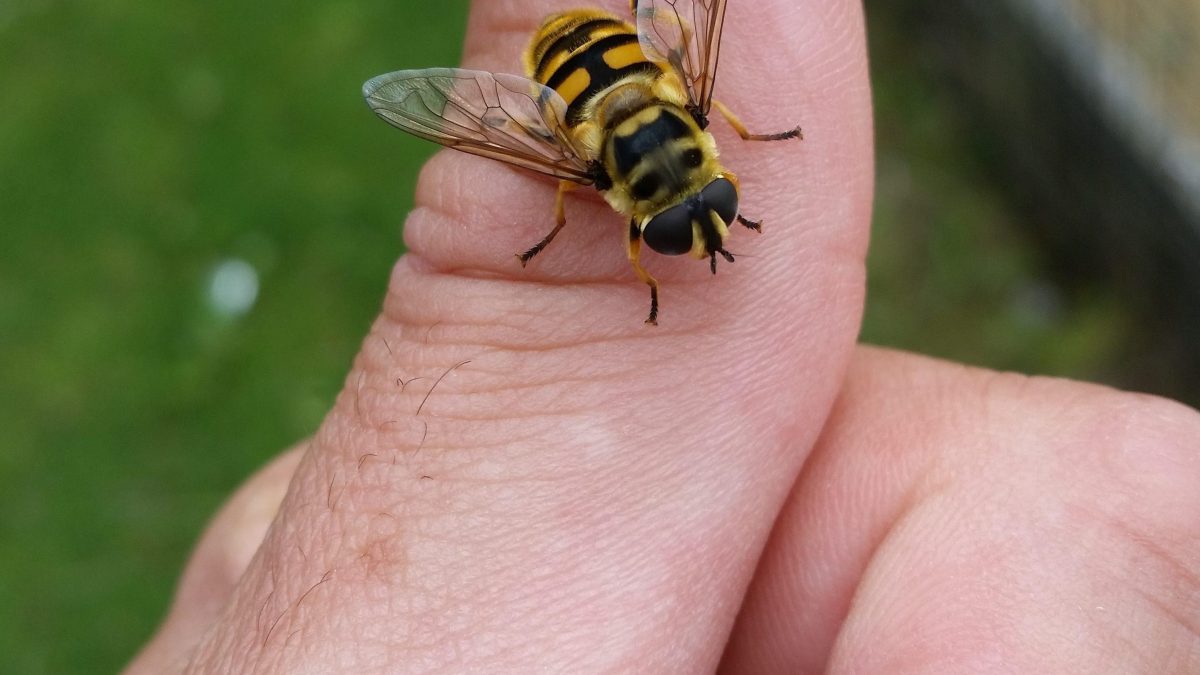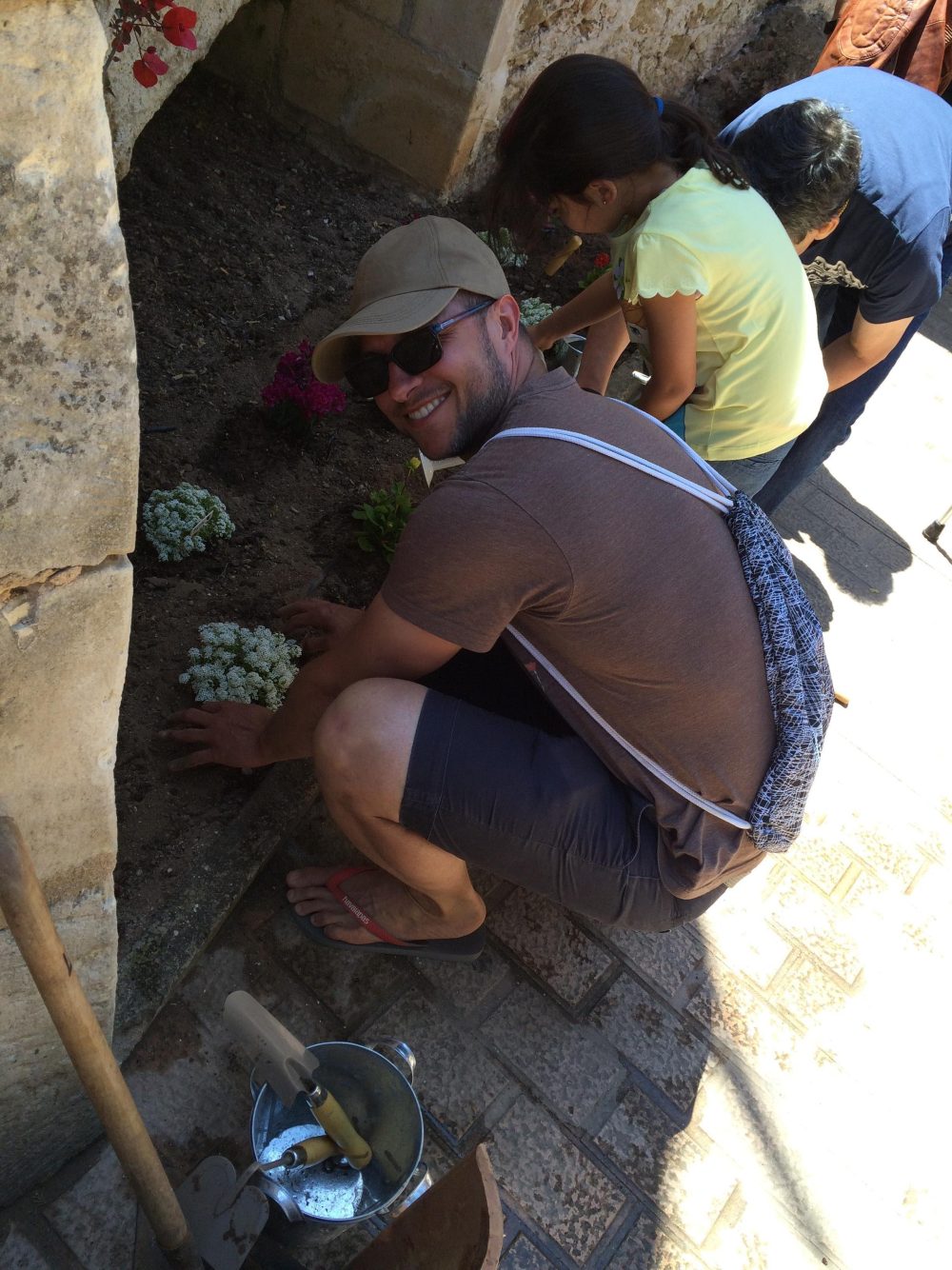
Pollinators' Forum
Concluding our celebration of World Bee Day, Mark Cummings from Forest Flora pays homage to many of our other pollinators.
When we talk about pollinators, chances are a big, fat furry bumblebee will spring to mind. However, strictly speaking a pollinator is any animal that moves pollen form the male part of the flower (anther) to the female (stigma) which usually then results in fertilization.
While there is no doubt that bees are indeed one of our planet's most efficient pollinators many others contribute to the fertilization of crops on around one third of our agricultural land. Three out of four crops across the world that we eat depend on pollinators.
Pollination occurs secondary to the animal in question hunting for food. Pollen is sweet and sticky and high in energy (as any honey lover will attest) Luckily for us most pollinators have a sweet tooth and will travel long distances and visit flower after flower looking for food to either boost its own supplies or take back to its young or its home.
So apart from bees what other creatures make our plates healthier and more varied just because they happen to like the flowers that become our crops?
Wasps can be as efficient as bees at pollinating plants and hover flies come quite close to bees in their success with fertilizing our crops. Some species of hover fly also play a hugely beneficial role in pest control as their larvae feed on aphids. Farmers will often use these larvae as a biological control (where one organism is controlled by another) reducing the need for chemicals. Incidentally, these cheeky little insects mimic the markings of bees and wasps as a defense mechanism. They trick predators into thinking there is a sting in their tail (there is not).
Another pollinating trickster that mimics the bee is the bee fly. It is a true fly but feeds on nectar rather than the usual other detritus. It is an important pollinator. Flies are also known to pollinate orchids in the wild.
Some beetles pollinate plants too. Ornamental magnolias for example, benefit from beetles as they wander over the flower surfaces. Other beetle-pollinated flowers tend to be white and heavily scented.
Commercial crops such as tobacco plants rely on moths for pollination. Consider how strongly some flowers such as ornamental nicotiana smell in the evening? They are designed to attract moths in flight. Honey suckles with their heady odour are reliant on a moth's extra long proboscis to reach inside the flower.
Think moth, think butterfly and most likely you will associate buddleia. It is no coincidence that this is also known as the butterfly bush. Though butterflies do not contribute a vast amount individually they contribute collectively with other pollinators and it is this collective effort that is so important for biodiversity. It is biodiversity that keeps our ecosystem healthy and balanced. A balanced ecosystem means adequate predators to kill the pests that eat our crops. So even if the pollinator does not directly fertilize the apple or the pear, elsewhere the fruits of its labour ensure we enjoy ours. Speaking of fruit, the next time you enjoy a mango, guava or banana thank the bat (yes, bat) that pollinated these plants. But we don’t have to worry too much about this in the borough of Waltham Forest!

- Author
- Mark Cummings
- Photographer
- Mark Cummings
- Editor
- Mark Cummings
